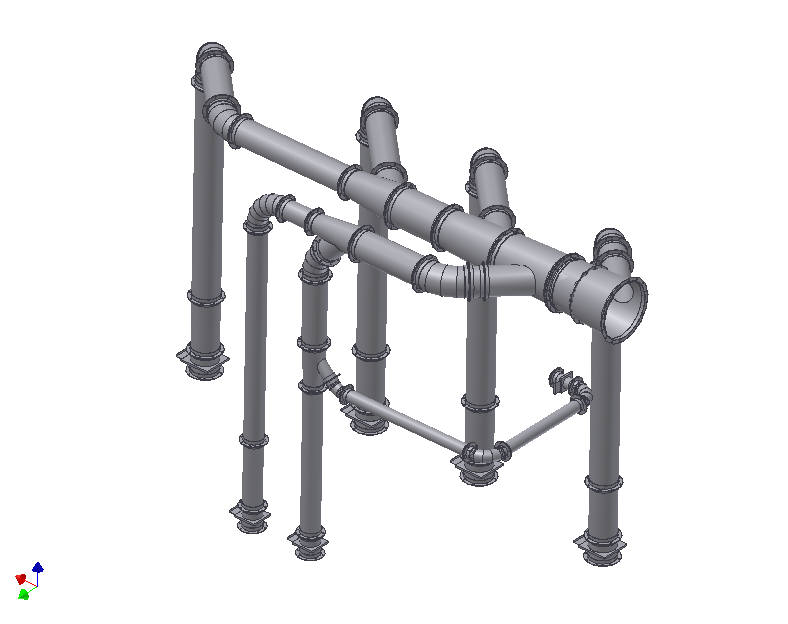Fiber Cement Cladding - An alternative to brick facing
Fiber cement cladding is the first level of protection for your buildings envelope. This lighter, more environmentally friendly material takes the place of a brick facade becoming the buildings outer skin. This page discusses some of the special considerations needed to deal with the installation of fiber cement cladding.
Loads
Fiber cement panels are not as heavy as a brick facade but their weight must still be considered since it must be carried by the existing building structure with a system of steel subgirts and hatbars. These subgirts are tied into the buildings structure which might be existing structural steel, brick, wood or concrete.
To deal with dead load of the panels two or more fasteners in each panel are dedicated as "Fixed point dead load fasteners". These are carefully sized to ensure the weight is properly carried and are made so that there is no clearance to allow panel movement. The remaining fasteners on the panel are termed "active fasteners. These have hole clearance to allow building movement caused by wind loads and building creep as well as thermal expansion.
As well, specific subgirts can be specially designed to support the weight of extra large panels. Double fasteners may also be used at times when loads from snow and wind are particularily high. In highly insulated buildings, the thickness of the insulation can cause the subgirts to experience too much deflection requiring redesign. The spacing of subgirts is affected by the loads required and this in turn may change the location of fasteners.
Fasteners
Fastening methods for FC panels include screws and rivets. Rivets are generally favoured because they are inherently tamper proof and have minimal impact on the look or aesthetic of the panel. They also allow more consistency during installation. Rivets used will typically be aluminum or stainless steel. A key requirement is the surface coating for the head of the rivet. Powder coated finishes matching the colour of the panel are preferred due to the ability of the powder coating to stand up to the weather.
Screws can also be used to secure panels and there are a number of tamper proof designs available. These typically involve special tools for installation and removal. Screws can also be purchased with decorative attachments to cover the heads. In this way the screw shape can be incorporated into the facades aesthetic.
Soffits made of fiber cement panels
Soffits made with fiber cement cladding also require special treatment for loads in the the dead load of the panel may cause "creep " or sagging. In soffits as well as the edges of wall cladding, the cantilever of the sub girts beneath must be restricted to make sure winds to pull off the edges of the panel.
Installation Tools
Tools for installation involve special saw blades designed specifically for cutting cement panels. For best results, panels should be precut with a precision table saw and then delivered to site. There are excellent panel cutting saws available for doing trim work on site. Another factor in cutting is dust control. Tools need dust collection apparatus and workers need facemasks to work with cement panels as the dust raised by sawing can be hazardous.



